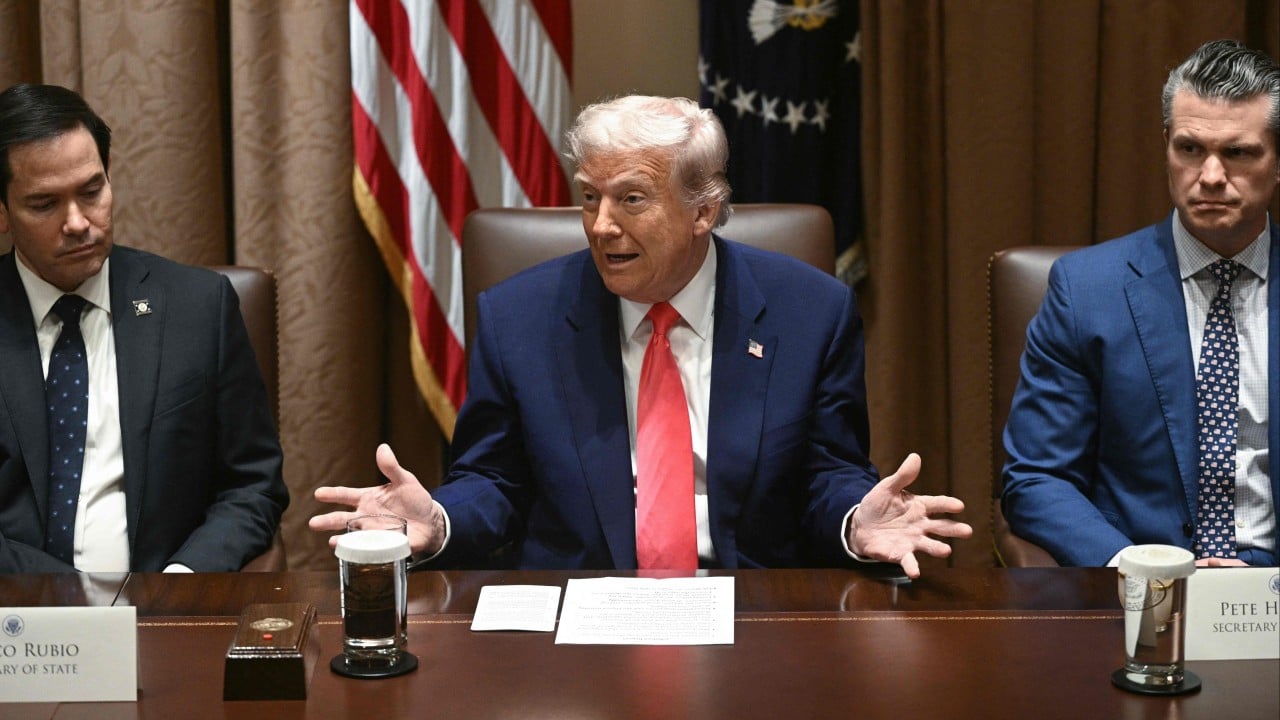For the second time in his political career, US President Donald Trump has triggered a self-made crisis he hopes to walk away from, this time by imposing a 90-day pause on his punishing tariffs – not to reverse his economic nationalism, but to let markets breathe, allies recover and adversaries panic.
Advertisement
In truth, this 90-day window is not a thaw. It is a vault. Trump has locked global trade inside it and tossed away the key.
The pause is set to expire on July 8 but there is no clear signal Trump will open that vault again. Like his previous policy spirals – on immigration, sanctions or pandemic responses – Trump is banking on chaos to generate leverage. The very notion of a pause implies negotiation, but Trump’s track record suggests something more troubling: he does not pause to recalibrate. He pauses to rearm.
And the world knows it. In Southeast Asian capitals, officials remain tight-lipped but deeply concerned. Trump’s tariffs have not been rolled back, merely the worst of it shelved. The so-called pause – which excludes China – offers no relief for strategic goods such as steel and aluminium products from Indonesia, Vietnam or even the Philippines, a long-standing US treaty ally.
Worse, the rhetoric from the Trump administration echoes the punitive language of the 1930 Smoot-Hawley Tariff Act: punish friends, corner foes and force industrial reshoring at any cost.
Advertisement
This is not a reset – it is a hostage crisis for the global economy. Tariffs are being weaponised while diplomacy is reduced to theatre. Trump understands the choreography of coercion. By pausing tariffs instead of repealing them, he creates the illusion of flexibility while retaining coercive leverage. It is a classic Trump manoeuvre: appear conciliatory to lull markets into calm, while keeping a loaded gun on the negotiating table.

